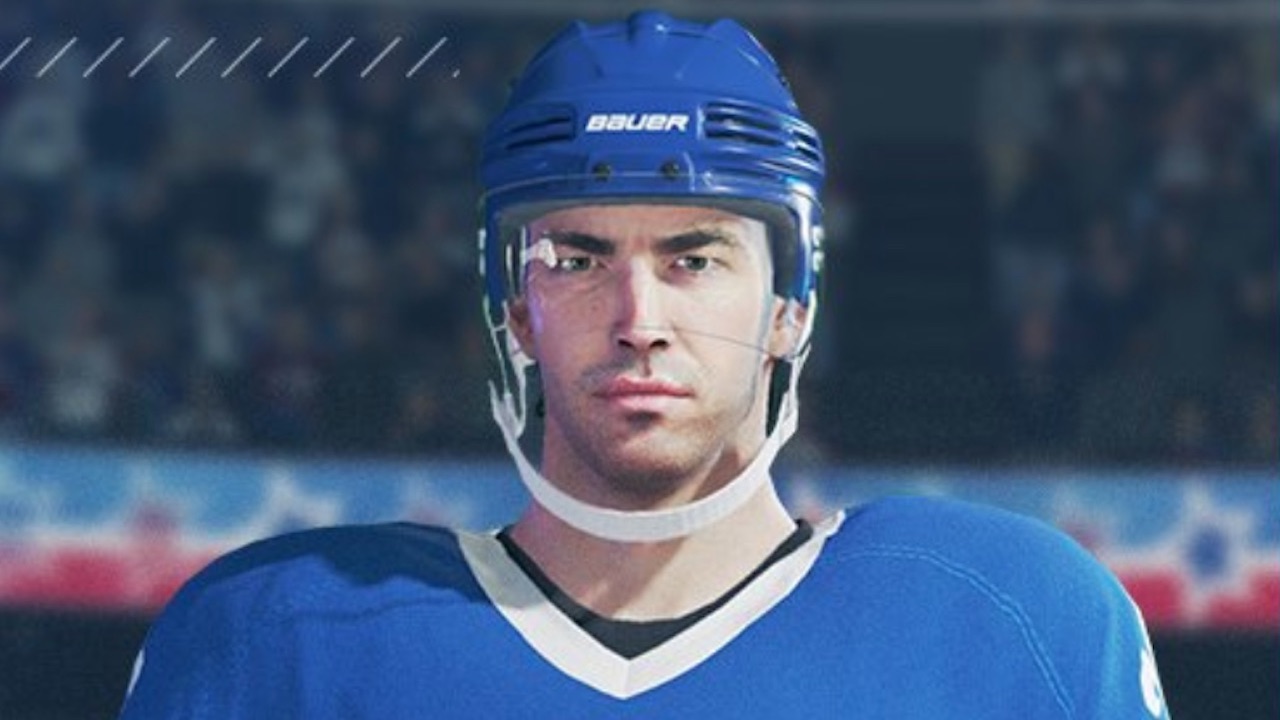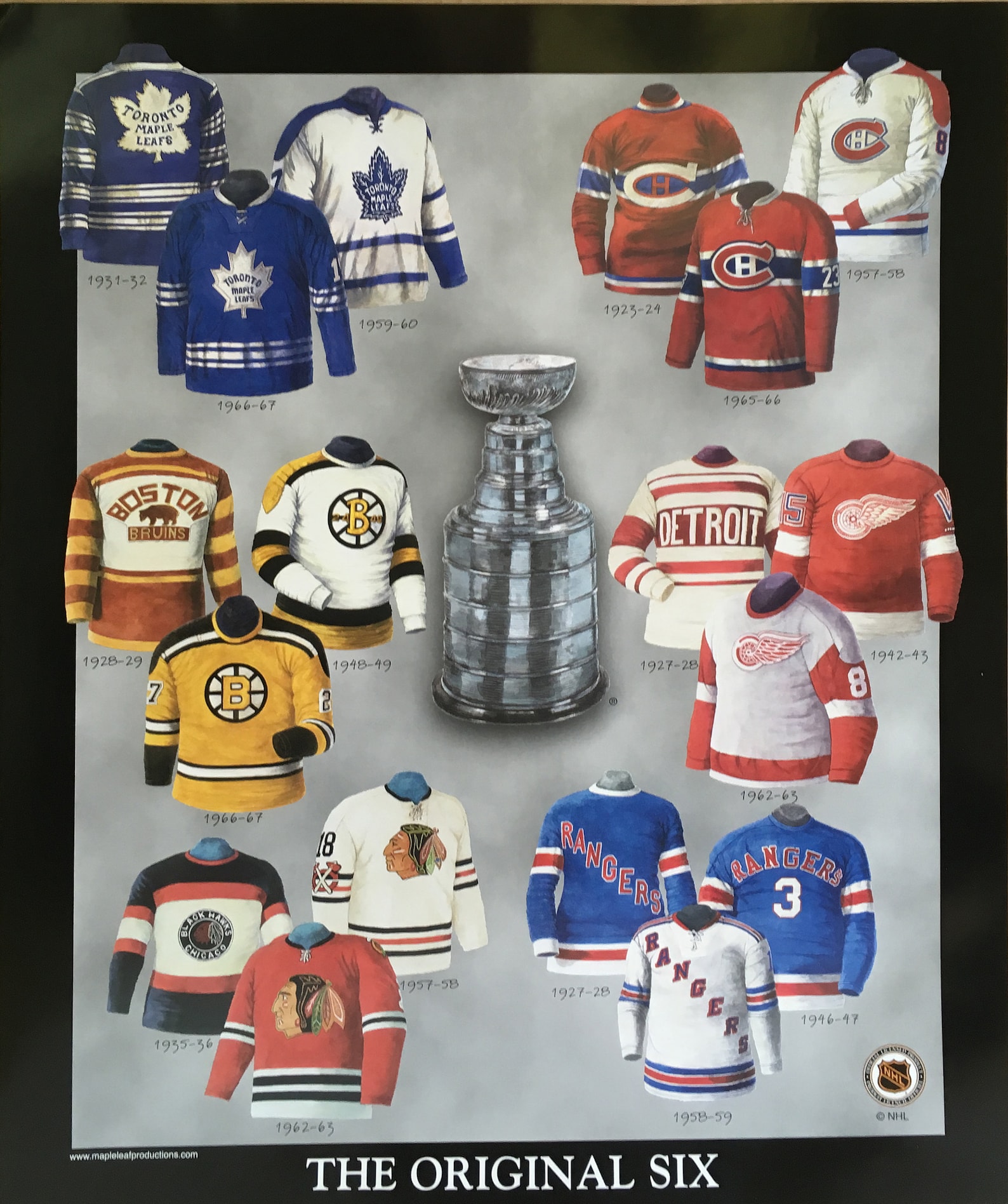
The Winnipeg Jets have the lowest non-North American representation with just three players. The Carolina Hurricanes, Florida Panthers, Devils, San Jose Sharks, and Washington Capitals join the list as other teams with 10 or more non-North American players. The Blue Jackets have the most non-North Americans on their roster with 13, closely followed by the Dallas Stars with 12.

This is up from last year when the average was 30% per team. On average, each team has 7.4 players from outside North America, or 32% of their roster. Once again, most teams are composed primarily by North American players, though the separation between North America and the rest of the world is not nearly as large as it was for the Big Six. Canada and the United States make up the majority of players in the NHL (71%), but even within the Big Six, North Americans account for 75% of players. This is significantly up from last season when only 13 teams had multiple players from outside the Big Six.īroken down even further, most of the Big Six players hail from North America. This season, 12 teams have zero players from outside the Big Six, and 20 teams have multiple players from outside the Big Six. The New Jersey Devils lead the league with six players from non-Big Six countries, with the Columbus Blue Jackets behind them with five players. This is down from the same time last year when each team averaged 1.6 players from outside the Big Six. The average team has 1.3 players from outside Big Six countries or just around 5% of their standard 23-man roster.

The drop off from the Czech Republic, the Big Six country with the fewest players in the NHL, to the next country is significant. The NHL features players of 17 different nationalities this season.Įven from the graph above, it’s easy to see that the Big Six, or the nations of Canada, United States, Sweden, Finland, Czech Republic, and Russia are still the most represented countries in the NHL. Teams included in the chart below, and all subsequent charts breaking down nationality are as follows in order: Canada, United States, Sweden, Finland, Russia, Czech Republic, Switzerland, Slovakia, Germany, Denmark, Latvia, France, Austria, Slovenia, Belarus, Netherlands, and Norway. The USA is a not-so-close second at 27%, down 1% from last year. In the NHL, 44% of players are from Canada, an uptick of 2% from last year. That being said, we’re still not at a point where we can say that any country is on a level playing field with Canada. Switzerland’s Nico Hischier is selected first overall by the New Jersey Devils in the 2017 NHL Draft Over the past 10 years, first overall picks have come from five different countries, something that just hasn’t been very common in the NHL’s history. When Owen Power was selected first overall by the Buffalo Sabres in the 2021 draft, it was the first time six years that Canadians were taken first overall in back-to-back drafts. It’s only a matter of time that we start to see countries like Switzerland, Germany, and Denmark rise up the international ice hockey charts and challenge for medals at international tournaments.Įach year at the NHL draft there are more and more players selected from non-traditional hockey markets, and the game really is growing in more countries around the world. The emergence of international superstars like Tim Stützle, the game of hockey is clearly growing overseas. There have been 24 winter Olympic games that have had men’s ice hockey, and these five nations have won 65 out of 72 total medals or 90% of medals awarded.


Now, hockey is mostly dominated by the Big Six: Canada, the USA, Russia, Sweden, Finland, and the Czech Republic. Hockey is globally known as “Canada’s game”, and while that might still be true today, there are several countries that have closed the gap in the past decade or so. This 2021–22 edition will change as the season goes on, and already has as teams have shuffled players up and down from their big club to their farm teams. Using the season opening rosters for each team, we broke down each NHL team’s roster by nationality once again. In 2021–22, there are even more players from different countries, and a few new nationalities we haven’t seen in quite some time.
#Nhl 20 rosters update
UPDATE: A post trade deadline update to the nationality breakdown can be found here: Breaking down each NHL team’s roster by nationality: 2022 trade deadlineįor the past three years, The Win Column has done a breakdown for every team in the NHL based on nationality (see 2019, 2020, and 2021 here).
#Nhl 20 rosters full
Many more countries are starting to embrace the sport of hockey, most recently with Puerto Rico set to ice a full women’s hockey team for Amerigol Latam Cup in Florida this coming weekend. The NHL is a rapidly growing league, and is gaining popularity around the world.


 0 kommentar(er)
0 kommentar(er)
